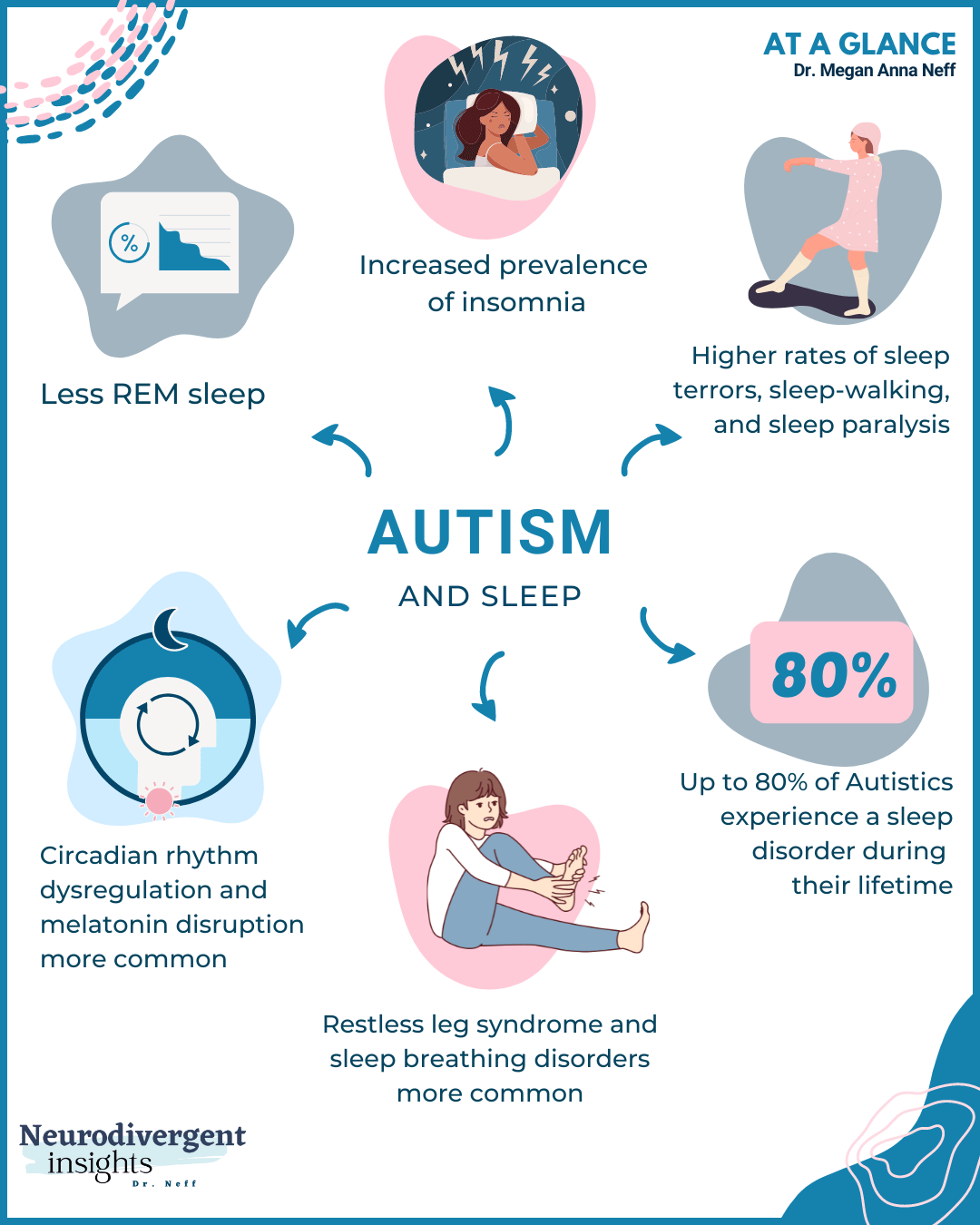Raising Awareness About Autism: the Relevance of Early Medical Diagnosis and Treatment
The discussion surrounding autism range condition (ASD) necessitates a concentrated evaluation of very early diagnosis and intervention approaches. Early intervention not just improves communication skills but also promotes social assimilation, ultimately boosting the high quality of life for affected individuals.
Recognizing Autism Spectrum Condition
What specifically is Autism Spectrum Disorder (ASD)? ASD materializes in very early childhood, with signs commonly showing up prior to the age of three.
The etiology of ASD remains multifactorial, entailing a combination of ecological and hereditary influences. Research study indicates that individuals with ASD may exhibit atypical neurodevelopment, resulting in distinctions in mind connection and function (autism). These variations can lead and impact cognitive processes to difficulties in recognizing social cues, expressing feelings, and participating in mutual communication
Additionally, individuals with ASD might show repetitive habits and limited interests, which can better contrast with common developing trajectories. Acknowledgment of the diverse discussions of ASD is necessary for cultivating a comprehensive society and promoting efficient assistance approaches. By progressing our understanding of ASD, we can better deal with the demands of those impacted and establish interventions that improve their top quality of life.
Very Early Indicators of Autism
Very early identification of Autism Range Disorder (ASD) is crucial, as acknowledging the indications in young kids can result in timely interventions that significantly improve end results. Caretakers and moms and dads need to recognize a number of early indicators that might recommend a kid gets on the range.
Among the most usual very early indicators is an absence of eye call. Youngsters with ASD may not react to their name being called or may show restricted passion in social interactions. Postponed speech or a lack of spoken communication can likewise be a sign, as some kids might not start to talk up until later than their peers or may have trouble launching discussions.
Repetitive actions, such as hand-flapping, shaking, or insistence on similarity, are added signs to consider. A youngster could exhibit uncommon responses to sensory stimulations, such as being extremely conscious audios or textures. An absence of creative play or problem in engaging with peers can be observed.
Identifying these very early signs is essential for experts and moms and dads alike, as it can trigger additional evaluation and, if necessary, the advancement of individualized strategies to support the kid's development and development. - autism
Benefits of Very Early Medical Diagnosis
Timely identification of Autism Range Condition (ASD) not only promotes early intervention yet also opens countless benefits that can dramatically enhance a kid's growth. One of the primary advantages of very early diagnosis is the opportunity for customized assistance, which makes sure that youngsters obtain the certain sources they require to thrive. This customized technique can result in improved social skills, interaction capabilities, and emotional regulation.
Moreover, very early diagnosis read this post here permits families to accessibility instructional and healing services sooner, producing a structure for long-lasting discovering and adaptation. Kids that receive very early treatment are commonly better geared up to develop important life abilities, which can cause higher self-reliance as they expand older.

Reliable Intervention Strategies

One more efficient technique is making use of Social Abilities Training (SST), which aids children with ASD discover proper interactions and create relationships. Incorporating role-playing and video clip modeling can enhance these abilities in a controlled atmosphere. Additionally, Very Early Beginning Denver Model (ESDM) incorporates behavioral and developing methods for children aged 12 to 48 months, advertising cognitive and emotional growth with play-based activities.
Speech and language treatment is likewise essential for addressing interaction challenges, enabling children to reveal their requirements effectively. Lastly, sensory integration treatment can help children handle sensory level of sensitivities, enabling them to engage more fully in their atmospheres. By executing these targeted treatment approaches, experts and caretakers can substantially boost results for youngsters with ASD, guaranteeing they reach their complete potential.
Structure Helpful Communities
Creating a supportive area for individuals with Autism Range Disorder (ASD) improves the efficiency of intervention approaches by giving a network of understanding and sources. Such areas foster inclusivity, making it possible for individuals with ASD to grow in social, instructional, and occupation settings. By promoting recognition and approval, these areas help in reducing preconception and empower people to welcome their distinct identities.
Supportive neighborhoods can take various types, including local support system, educational initiatives, and advocacy companies. These groups use useful resources such as workshops, educational sessions, and social events that assist in connections between family members, caregivers, and experts. By sharing like this approaches and experiences, area members can pick up from one an additional, boosting their ability to support individuals with ASD efficiently.
Moreover, partnership between colleges, doctor, and area companies is vital in developing a comprehensive setting. Training programs for educators and staff on autism awareness can substantially improve the instructional experience for pupils with ASD. Ultimately, developing encouraging communities not only advantages people with autism yet likewise enriches the whole neighborhood, cultivating a society of compassion, regard, and mutual understanding.
Conclusion
Raising understanding concerning autism and highlighting the value of very early diagnosis and intervention can profoundly impact individuals on the spectrum and their households. Timely acknowledgment of early signs assists in accessibility to his explanation essential assistance, enhancing communication and social abilities.
The discourse bordering autism range condition (ASD) demands a focused examination of very early diagnosis and intervention strategies. Early intervention not only enhances communication abilities but likewise promotes social assimilation, inevitably improving the top quality of life for afflicted people. ASD materializes in early childhood, with signs and symptoms commonly showing up before the age of 3.
Prompt recognition of Autism Spectrum Disorder (ASD) not only helps with early treatment however also unlocks numerous advantages that can substantially improve a youngster's growth.Raising awareness regarding autism and stressing the importance of very early diagnosis and treatment can profoundly affect individuals on the spectrum and their families.